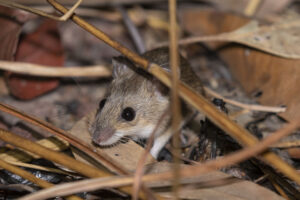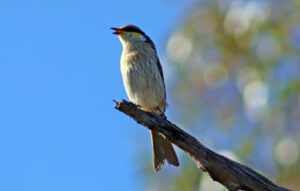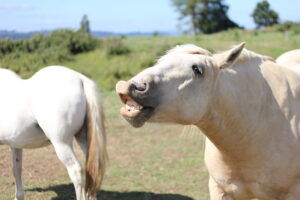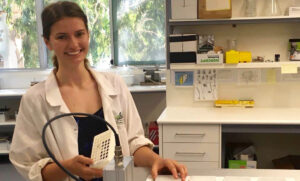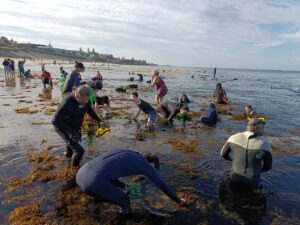We’ve all heard about the Great Barrier Reef, after all, it’s considered one of the 7 natural wonders of the world. But did you know that Western Australia has some of the most unique and pristine coral reefs in the world?
We not only have the largest fringing reef (a reef close to shore) in Australia, Ningaloo Reef, we also have some of the toughest corals in the world. Yet, even these corals are feeling the stress from climate change. Rising ocean temperatures are associated with phenomena known as coral bleaching.
Corals may look more like plants, but they are actually animals, which means they do not make their own energy the way plants do. They get most of the energy they need to live and grow from a mutually beneficial relationship (called a symbiosis) with algae that live in their tissue.
Hot water is stressful for the algae, and if the ocean temperature is too warm, the algae begin to expel toxic waste products. These are poisonous to the coral and it’s forced to eject the now toxic algae, leaving it a bare, white skeleton. When a coral first bleaches, it’s still alive, but without its main food source it eventually starves to death.
So what is the current situation and what can we do to save our corals?
Watch our video featuring UWA Oceans Institute Research Fellow Verena Schoepf, UWA post-grad student Rebecca Green, and Taryn Foster from the Australian Institute Marine Science to find out more.
Feature image by Claire Ross.



